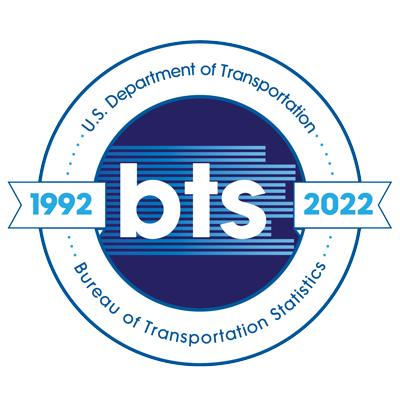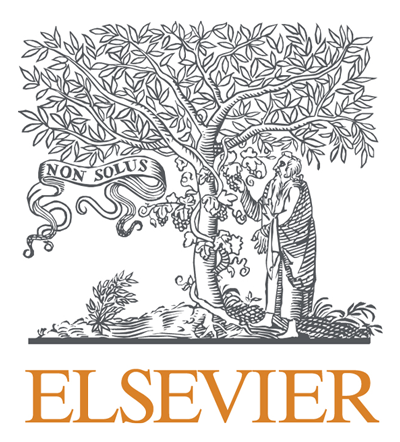Monitoring Agricultural Practices in California’s Imperial Valley: An Approach Combining Remote Sensing, Machine Learning, and Visualization
Topics:
Keywords: geographic information science, remote sensing, agriculture, NDVI, phenology, self-organizing map, dimensionality reduction, visualization, machine learning
Abstract Type: Paper Abstract
Authors:
André Skupin, San Diego State University
Kyle A Jones, San Diego State University
Trent W Biggs, San Diego State University
,
,
,
,
,
,
,
Abstract
Agriculture is an extremely dynamic human activity, with temporal scales ranging from intra-annual agricultural practices to the long-term effects of climate change and aquifer depletion. In arid regions, like the Southwestern United States, water is a critical limiting resource. In 2003, the Quantification Settlement Agreement (QSA) established water conservation and ‘ag-to-urban’ transfer programs to reduce California’s use of Colorado River water. Initial water reductions to agriculture were achieved using a fallowing program (2003-2017). However, it is not known which specific changes to cropping activity occurred in California’s Imperial Valley during the fallowing program. Existing annual crop classifications are too coarse to support intra-annual crop rotation research. Improved classifications are required to better understand multi-crop agricultural systems.
We present a study in which a Landsat-derived time series of Normalized Difference Vegetation Index (NDVI) data undergoes a machine learning process centered around the self-organizing map (SOM) technique. A high-resolution SOM is generated from a 19-year NDVI dataset recorded with high temporal resolution. The resulting categorization of NDVI phenologies is linked with quarterly reference data by the U.S. Bureau of Reclamation (USBR), leading to the identification of clusters with known growing sequences. Quarterly sequences are examined at four different categorical resolutions, from fine-grained crop sequences to coarse-grained presence/absence sequences. The methodology and intermediate results are discussed, including observed transitions among fallowing and the cultivation of low-value crops and high-value crops.
Monitoring Agricultural Practices in California’s Imperial Valley: An Approach Combining Remote Sensing, Machine Learning, and Visualization
Category
Paper Abstract








